How Two Best Friends Beat Amazon
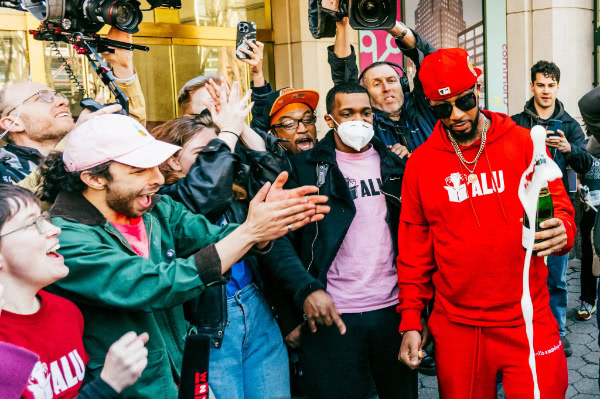
Two years ago, Amazon fired former rapper Christian Smalls for leading a walkout in its Staten Island warehouse after a co-worker tested positive for the caronavirus.
Although only a few workers participated in the protest, Amazon responded as if it was an existential threat to the trillion-dollar company.
Jodi Kantor and Karen Weise, reporting for The New York Times:
Amazon formed a reaction team involving 10 departments, including its Global Intelligence Program, a security group staffed by many military veterans. The company named an “incident commander” and relied on a “Protest Response Playbook” and “Labor Activity Playbook” to ward off “business disruptions,” according to newly released court documents.
In the end, there were more executives — including 11 vice presidents — who were alerted about the protest than workers who attended it.
Smalls lost his job but never stopped advocating for Amazon workers’ rights. In fact, he went on to do the seemingly impossible:
In dismissing and smearing him, the company relied on the hardball tactics that had driven its dominance of the market. But on Friday, he won the first successful unionization effort at any Amazon warehouse in the United States, one of the most significant labor victories in a generation. The company’s response to his tiny initial protest may haunt it for years to come.
Doris Derby, Civil Rights Era Photographer, Dies at 82
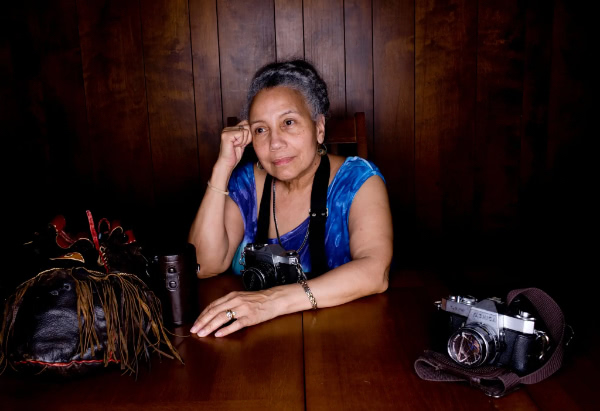
Doris Derby, one of the few women to document the Civil Rights Movement, passed away last week in Atlanta.
Penelope Green, writing for the Times:
Doris Derby, an educator, artist, activist and civil rights era photographer who turned her camera away from the violence of the times to capture the quieter moments of the movement, and in so doing documented the transformation of Black life in rural Mississippi. […]
“I had a quest to show what the average person was doing,” she told the Southern Oral History Program in 2011 … “I had a quest to show our culture in total, not just a little bit, or negative stereotypes.”
In hundreds of images, Dr. Derby captured Black people engaged in the kind of civic life that had long been denied them in the American South. And her photos presented a detailed history of the civil rights movement’s grass-roots efforts to empower Black people in all areas — economically, politically, socially and physically.
More of Dr. Derby’s photography here and here.
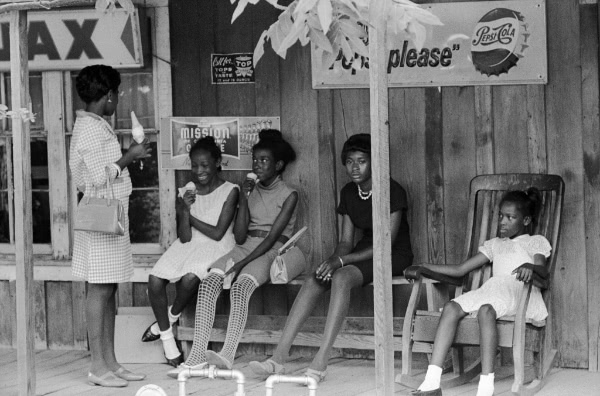
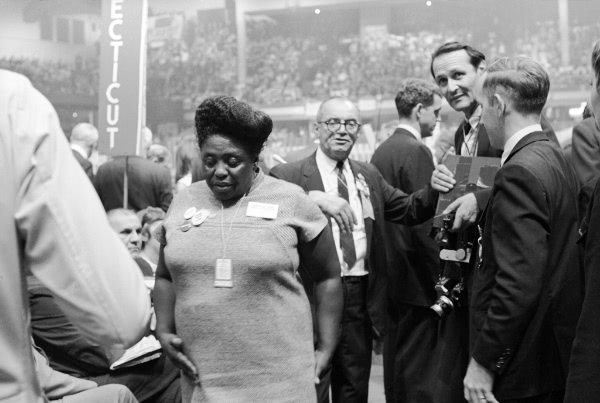
Facing invasive treatments for uterine fibroids, Black women advocate for better care

Because it’s so often recommended as the go-to treatment for fibroids, Black women are twice as likely as white women to get a hysterectomy.
Akilah Wise, writing for NPR:
Dr. Octavia Cannon … specializes in treating uterine fibroids with support for those who do not want to undergo a hysterectomy. “Some people want to keep the parts that God gave them,” she says. […]
“All the doctor has to say is that you have tumors, and immediately, if you don’t know, you’re going to think it’s cancer,” Cannon says. That misunderstanding makes women more likely to agree to a hysterectomy, whether they’ve had children or not, she adds.
The Politics of Rihanna’s Pregnancy Style

Rihanna’s not hiding her baby bump under tent dresses, and that means something.
Vanessa Friedman for the Times:
By dressing to showcase her pregnant belly, and in a way that has nothing to do with traditional maternity wear, Rihanna is modeling an entirely opposite reality. “She’s saying, ‘I’m a person still, and I’m my person.’” Ms. Cramer said. That she can be “autonomous, powerful and herself, even while carrying a life.” She’s connecting the right to dress how you like with all sorts of other, more constitutional rights.
It’s a pretty radical move.
The pregnant body, after all, has been celebrated, policed, hidden away and considered problematic for centuries.
How Black culture helped define American cuisine
CBS’s Maurice DuBois discusses the Black influence on American cuisine with Houston chef Chris Williams, culinary historian Jessica B. Harris, and food expert Charla Draper.
Harris on why Black cooking is American cooking:
We are beginning, and unfortunately only beginning, to understand the enormous, extraordinary hand that African Americans have had in the cooking pots of America. […]
[Enslaved Africans] planted the crops. They tended the crops. They harvested the crops. They then cooked that, served that. And you’re doing all of that for the founding fathers. You’re doing all of that for the elite of the country that is beginning to establish what this country’s food and food ways are.
See also: High on the Hog, the Netflix series inspired by Harris’s best-selling book High on the Hog: A Culinary Journey from Africa to America
Historical novel ‘Take My Hand’ focuses on involuntary sterilization of Black women
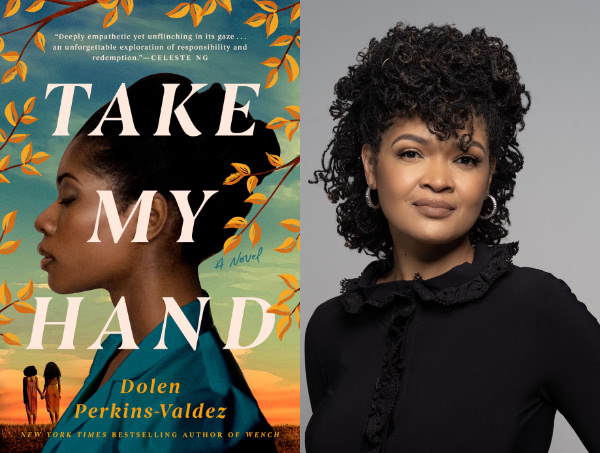
NPR:
Ayesha Rascoe talks to Dolen Perkins-Valdez about her new novel “Take My Hand,” which fictionalizes a 1973 involuntary sterilization case, and about why she’s drawn to history as a novelist.
Jamel Shabazz: Proud Street Culture on Display
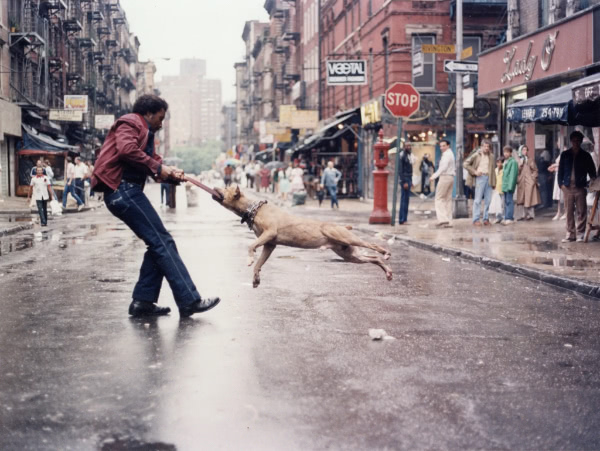
Arthur Lubow for the Times:
Although Shabazz is best known for posed photographs of urban-styled young Black people in Brooklyn, he has also been taking candid street photographs since he returned in 1980 from serving in the army in Germany, equipped with a 35-millimeter Canon AE-1 camera. Sampling both sides of his output, “Eyes on the Street,” his fullest retrospective so far, opens April 6 at the Bronx Museum of the Arts.
The retrospective runs through September 4.
More of Shabazz’s work here.
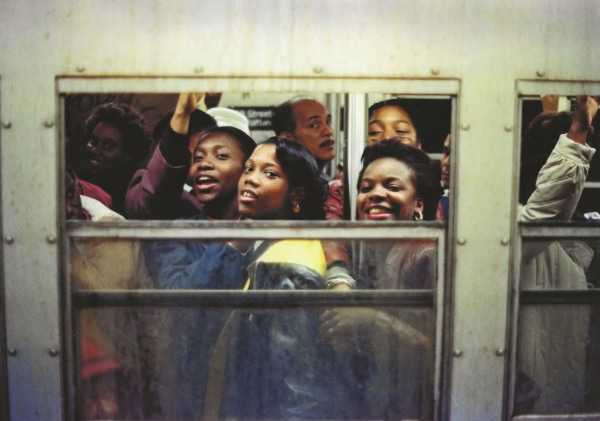
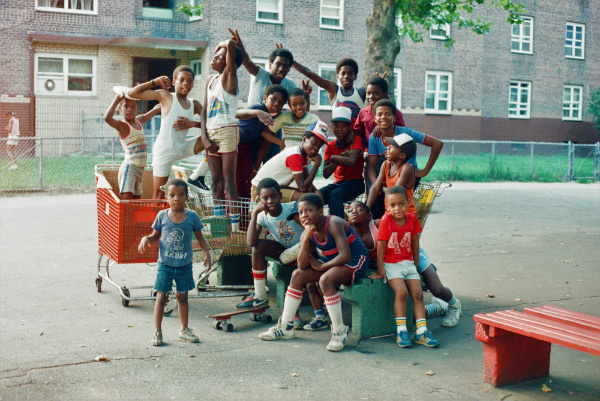
Thanks for reading! 🙏🏽🙏🏽🙏🏽
